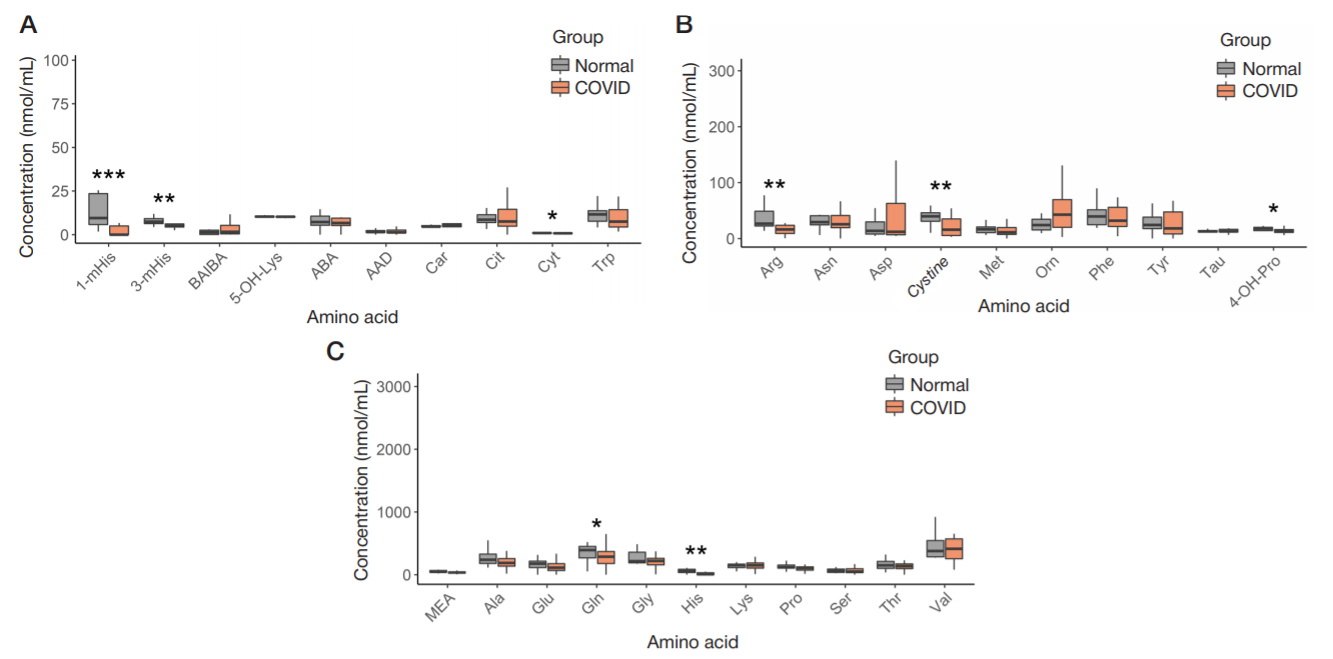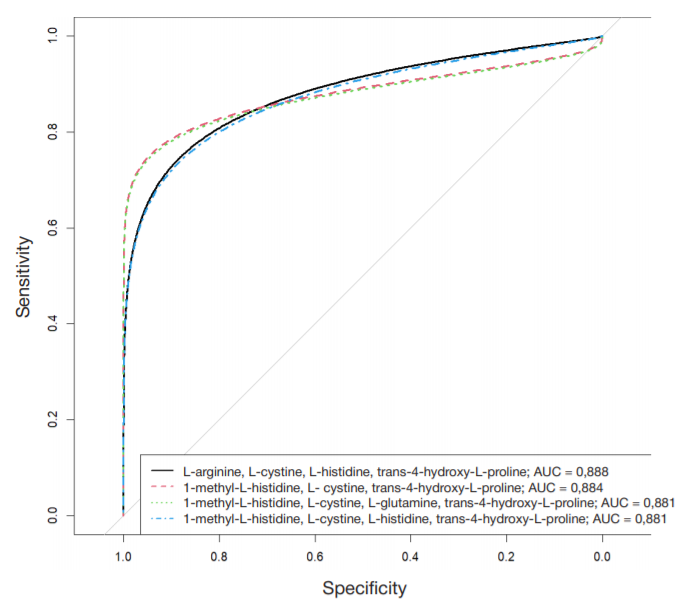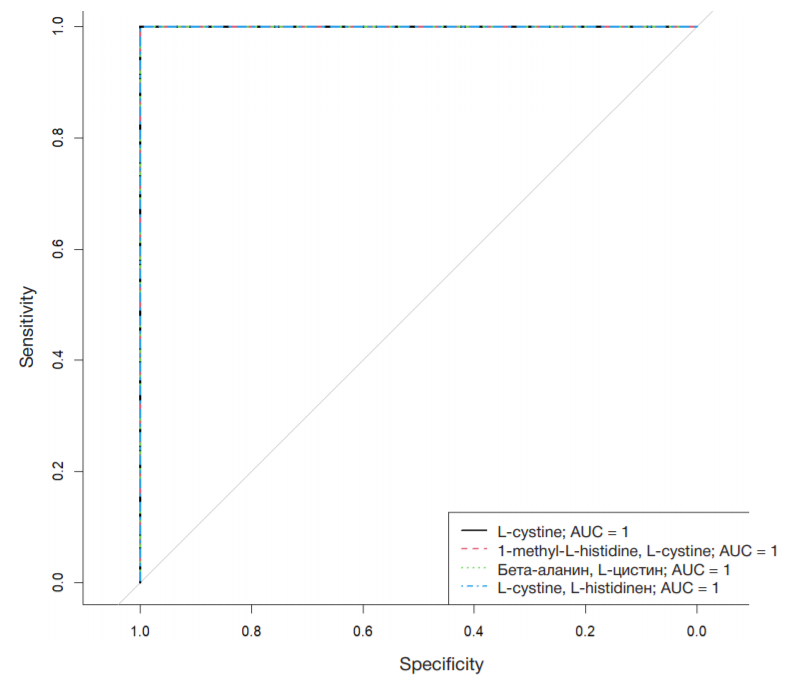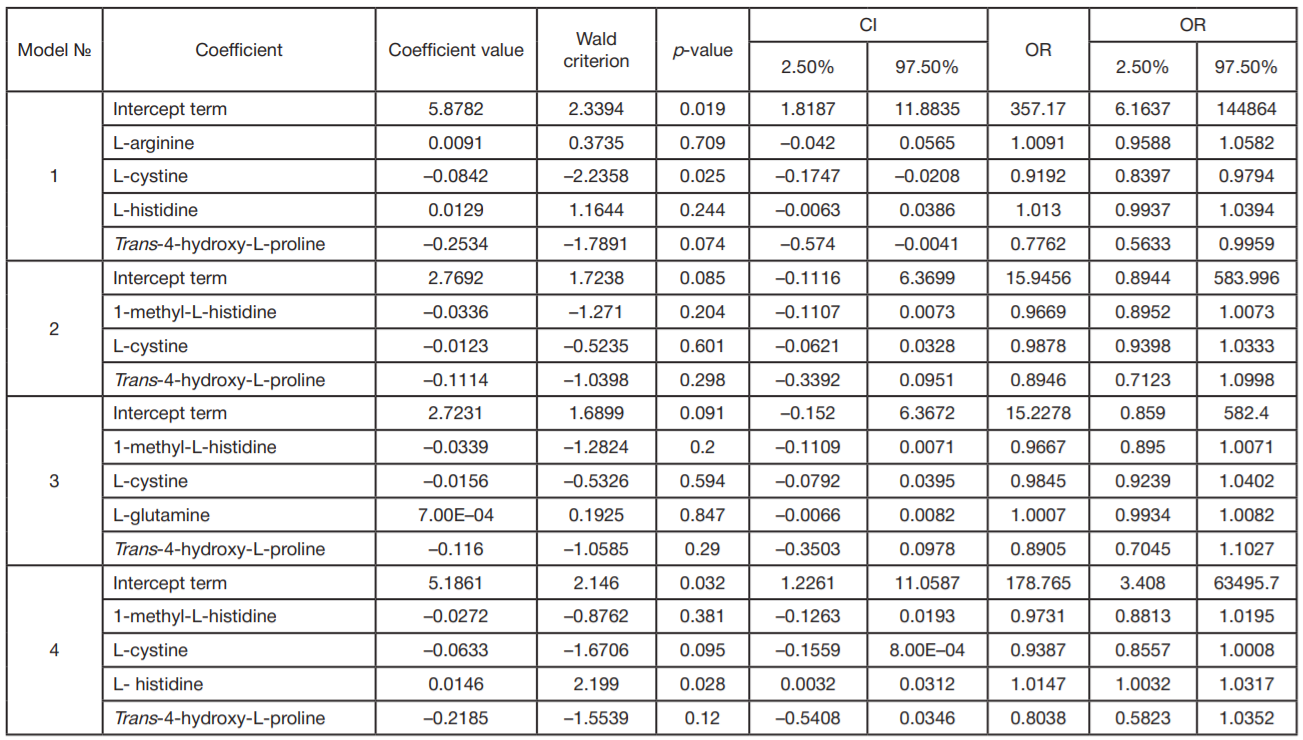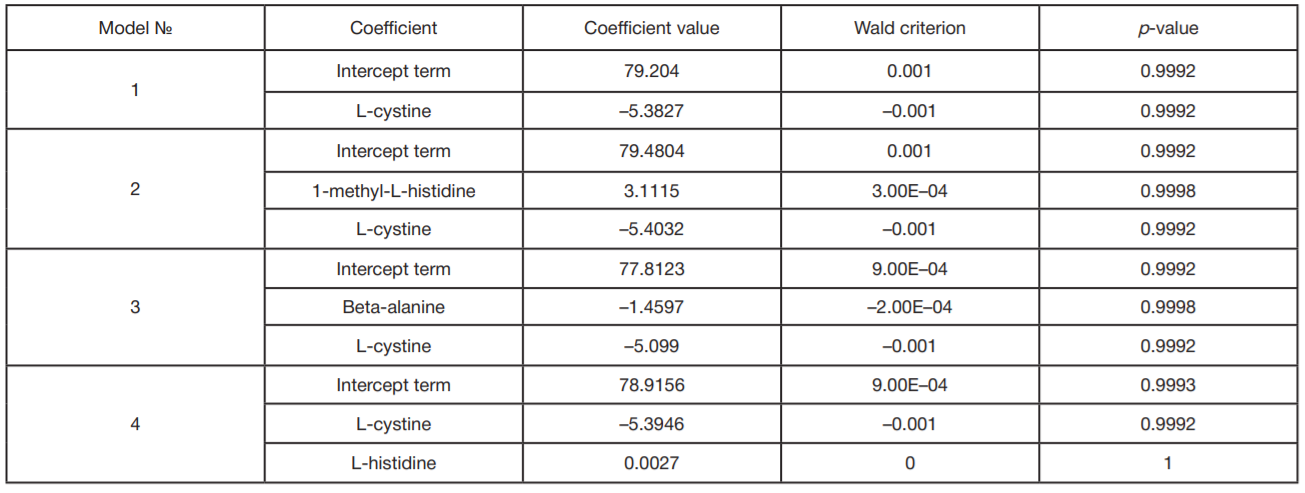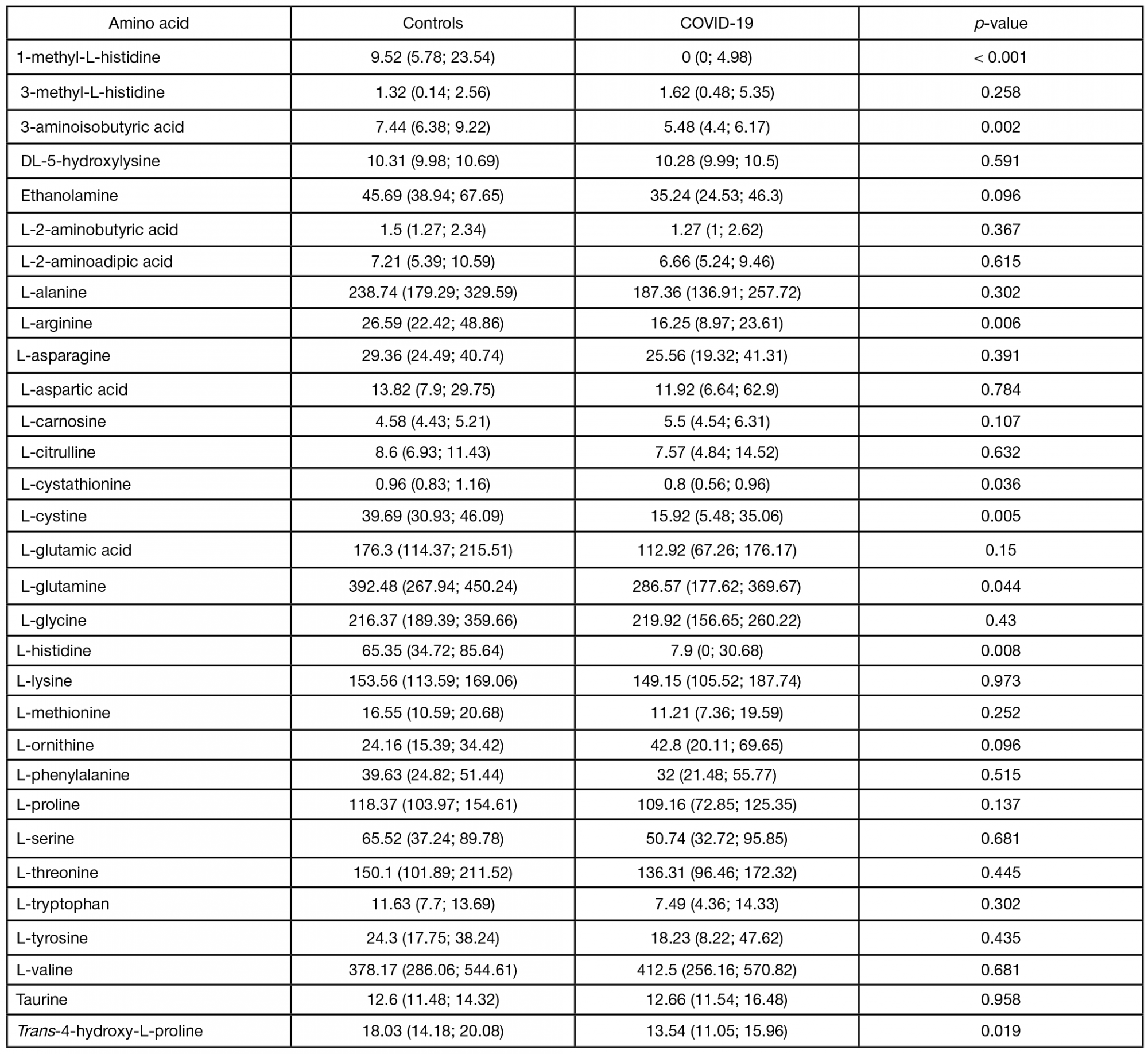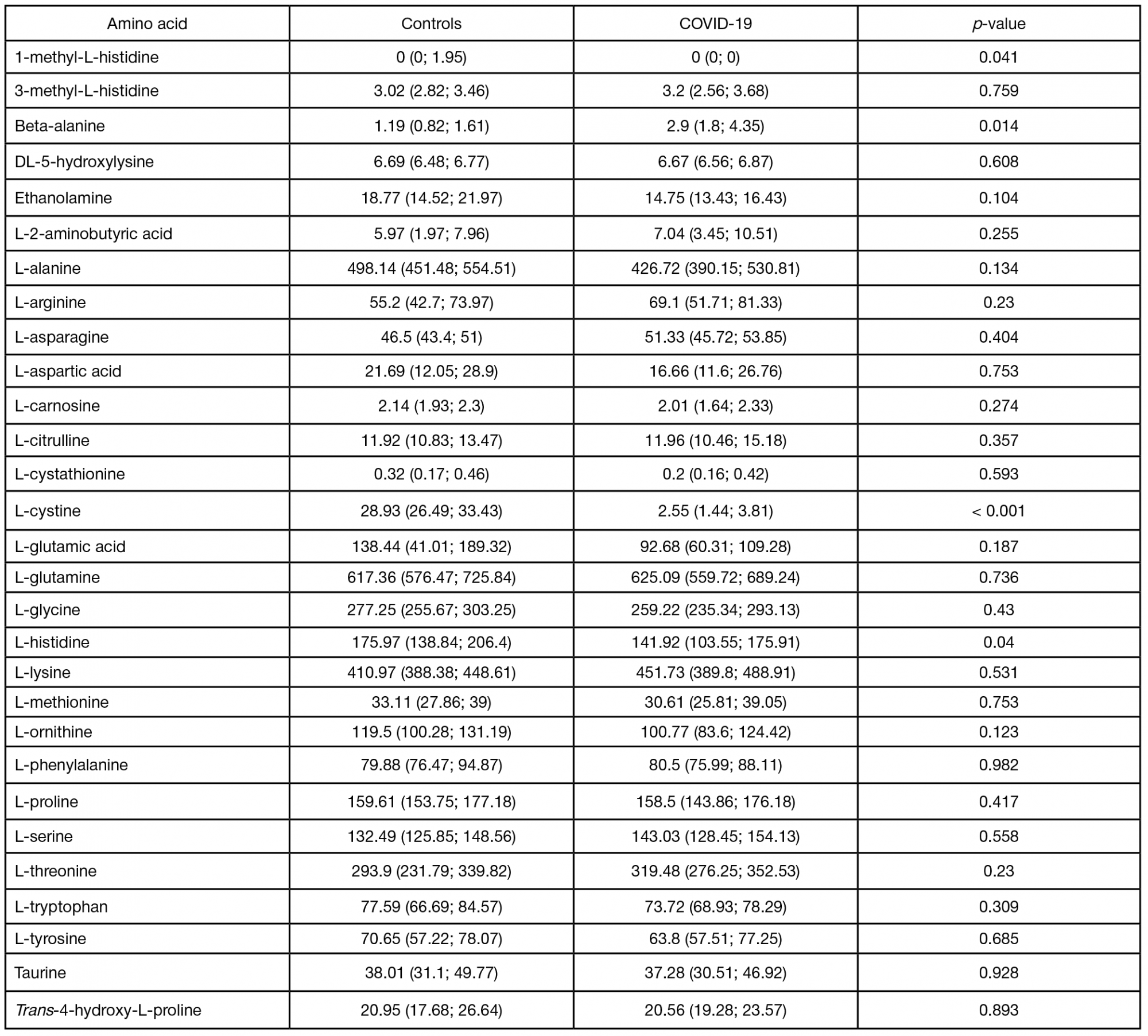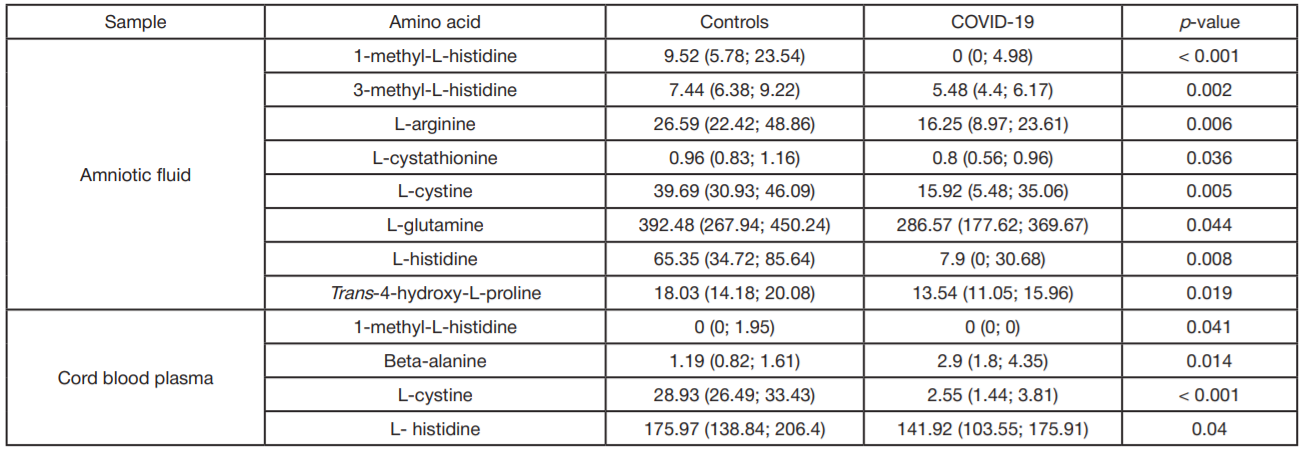
This article is an open access article distributed under the terms and conditions of the Creative Commons Attribution license (CC BY).
ORIGINAL RESEARCH
Changes in amino acid profile of cord blood plasma and amniotic fluid of mothers with COVID-19
Kulakov National Medical Research Center for Obstetrics, Gynecology and Perinatology, Moscow, Russia
Correspondence should be addressed: Natalia A. Lomova
Oparina, 4, Moscow, 117997; ur.xednay@avomol-ahsatan
Funding: the study was supported by RFBR grant №. 20-04-60093.
Author contribution: Lomova NA — analysis of clinical data, systematic analysis, manuscript writing; Chagovets VV — mass spectrometry-based metabolome analysis, statistical analysis of the results, manuscript editing; Dolgopolova EL — collection and preparation of biological matrix samples in the red zone, statistical analysis of the results; Novoselova AV — mass spectrometry-based metabolome analysis, mass spectrometry data processing; Petrova UL — collection and preparation of biological matrix samples in the red zone; Shmakov RG — analysis of clinical data in the red zone, systematic analysis, manuscript editing; Frankevich VE — preparation of the study, systematic analysis, manuscript writing and editing.
Compliance with ethical standards: the study was approved by the Ethics Committee of the National Medical Research Center for Obstetrics, Gynecology and Perinatology named after Academician V. I. Kulakov (protocol № 13 dated December 10, 2020); the study met the requirements of the Declaration of Helsinki, International Conference on Harmonization (ICF), Good Clinical Practice (GCP), and Federal Law № 323-FZ “On the Basics of Protecting Citizens' Health in the Russian Federation” of November 21, 2011; the informed consent was submitted by all patients.
